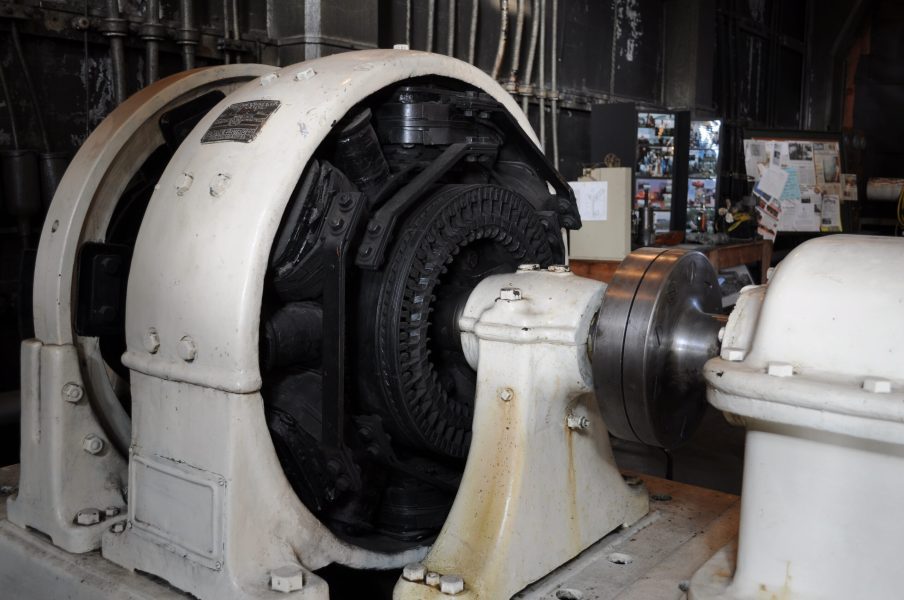
Electrochemical rides - "Inactive" zinc
Zinc is considered an active metal. The negative standard potential suggests that it will react violently with acids, displacing hydrogen from them. In addition, as an amphoteric metal, it also reacts with bases to form the corresponding complex salts. However, pure zinc is very resistant to acids and alkalis. The reason is the large repotential of hydrogen evolution on the surface of this metal. Zinc impurities promote the formation of galvanic microcells and, consequently, their dissolution.
For the first test you will need: hydrochloric acid HCl, zinc plate and copper wire (photo 1). We put the plate in a Petri dish filled with dilute hydrochloric acid (photo 2), and put copper wire on it (photo 3), which HCl obviously does not affect. After some time, hydrogen is intensively released on the copper surface (photos 4 and 5), and only a few gas bubbles can be observed on zinc. The reason is the above-mentioned overvoltage of hydrogen evolution on zinc, which is much greater than on copper. The combined metals reach the same potential with respect to the acid solution, but hydrogen is more easily separated on the metal with a lower overvoltage - copper. In the formed galvanic cell with shorted Zn Cu electrodes, zinc is the anode:
(-) Requirements: Zn0 → zinc2+ + 2e-
and hydrogen is reduced on a copper cathode:
(+) Katoda: 2h+ + 2e- → N2
adding together both equations of electrode processes, we obtain a record of the reaction of zinc dissolution in acid:
Zinc + 2H+ → zinc2+ + H2
In the next test, we will use a sodium hydroxide solution, a zinc plate and a steel nail (photo 6). As in the previous experiment, a zinc plate is placed in a dilute NaOH solution in a Petri dish and a nail is placed on it (iron is not an amphoteric metal and does not react with alkalis). The effect of the experiment is similar - hydrogen is released on the surface of the nail, and the zinc plate is covered with only a few gas bubbles (photos 7 and 8). The reason for this behavior of the Zn-Fe system is also the overvoltage of hydrogen evolution on zinc, which is much greater than on iron. Also in this experiment, zinc is the anode:
(-) Requirements: Zn0 → zinc2+ + 2e-
and on the iron cathode water is reduced:
(+) Katoda: 2h2O + 2e- → N2+ 2ON-
Adding both equations on the sides and taking into account the alkaline reaction medium, we obtain a record of the zinc dissolution process in principle (tetrahydroxyincide anions are formed):
Zinc + 2OH- + 2H2O → [Zn(OH)4]2- + H2
